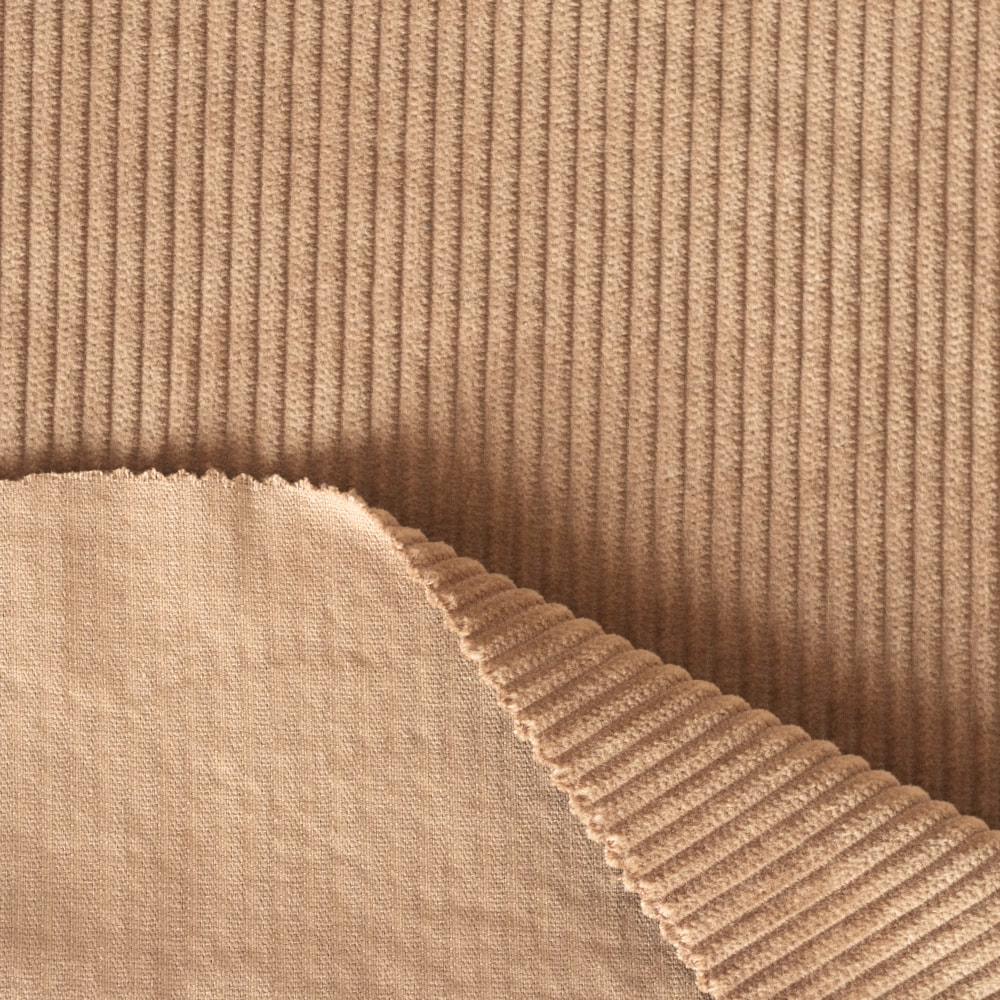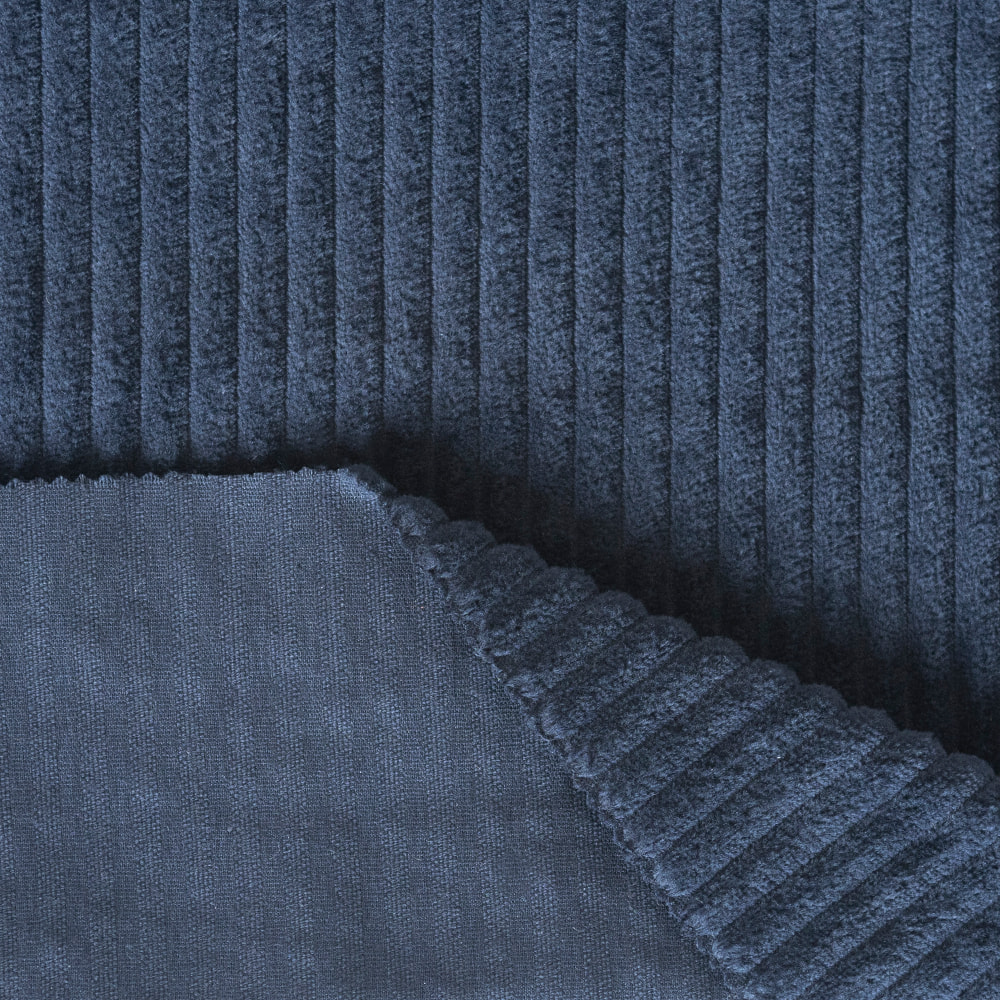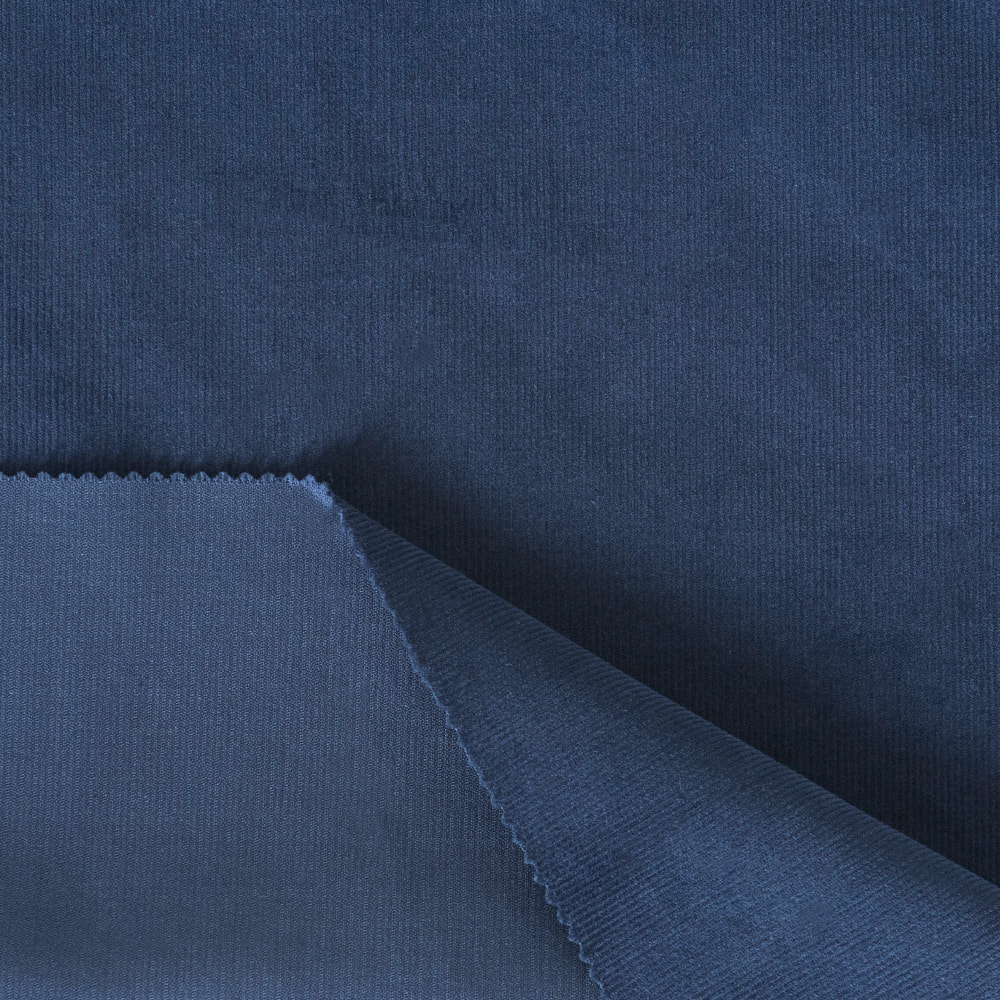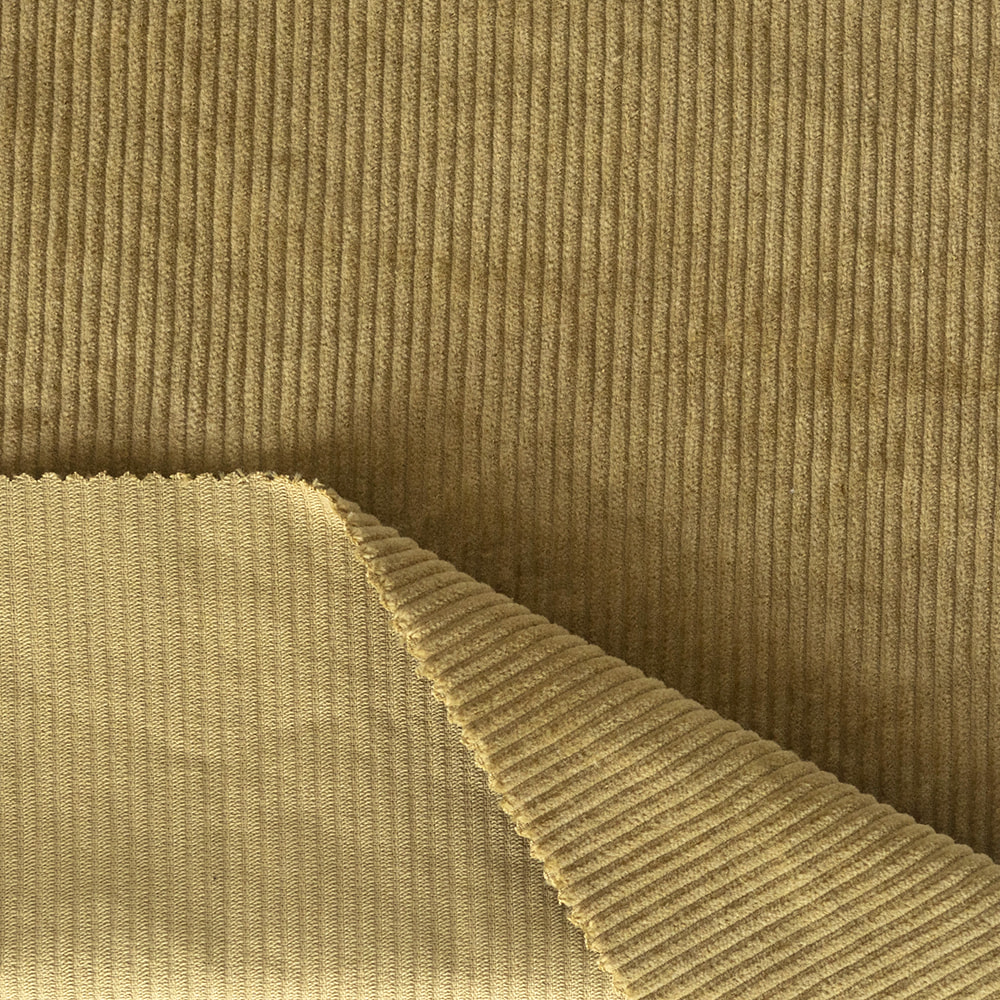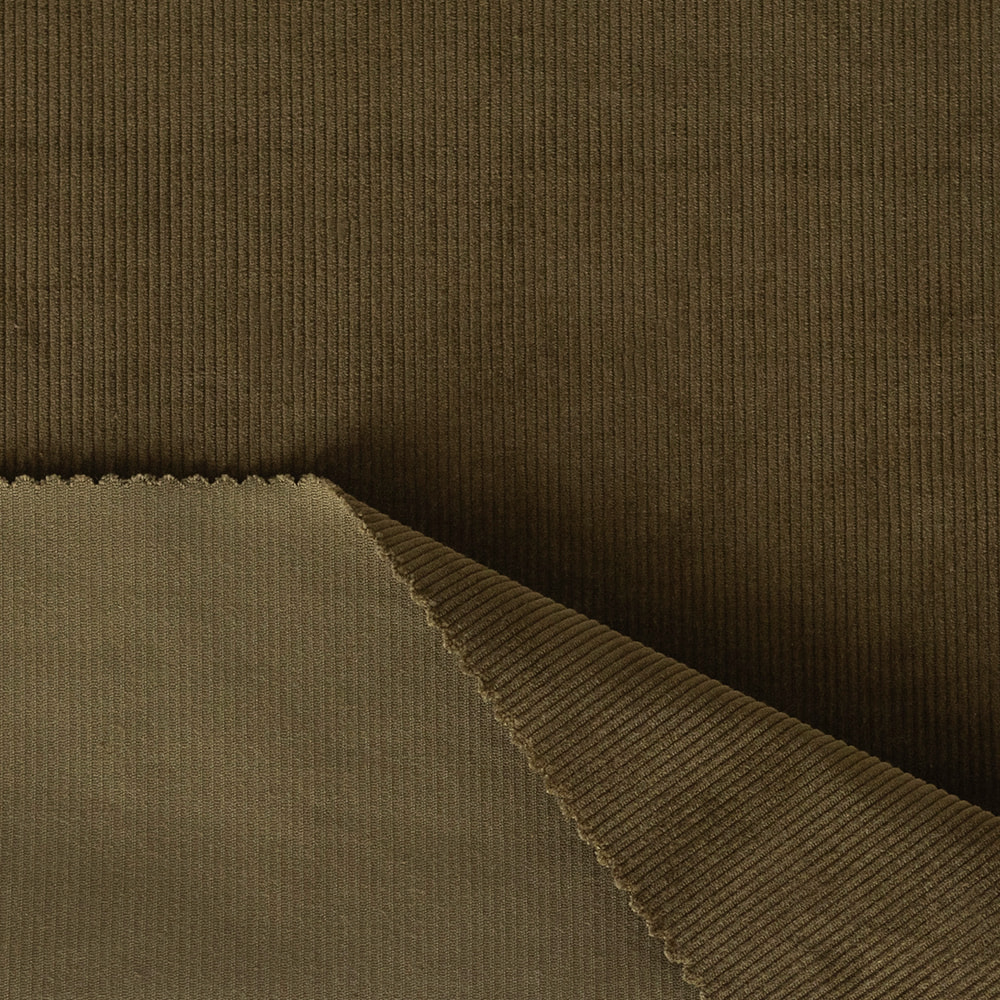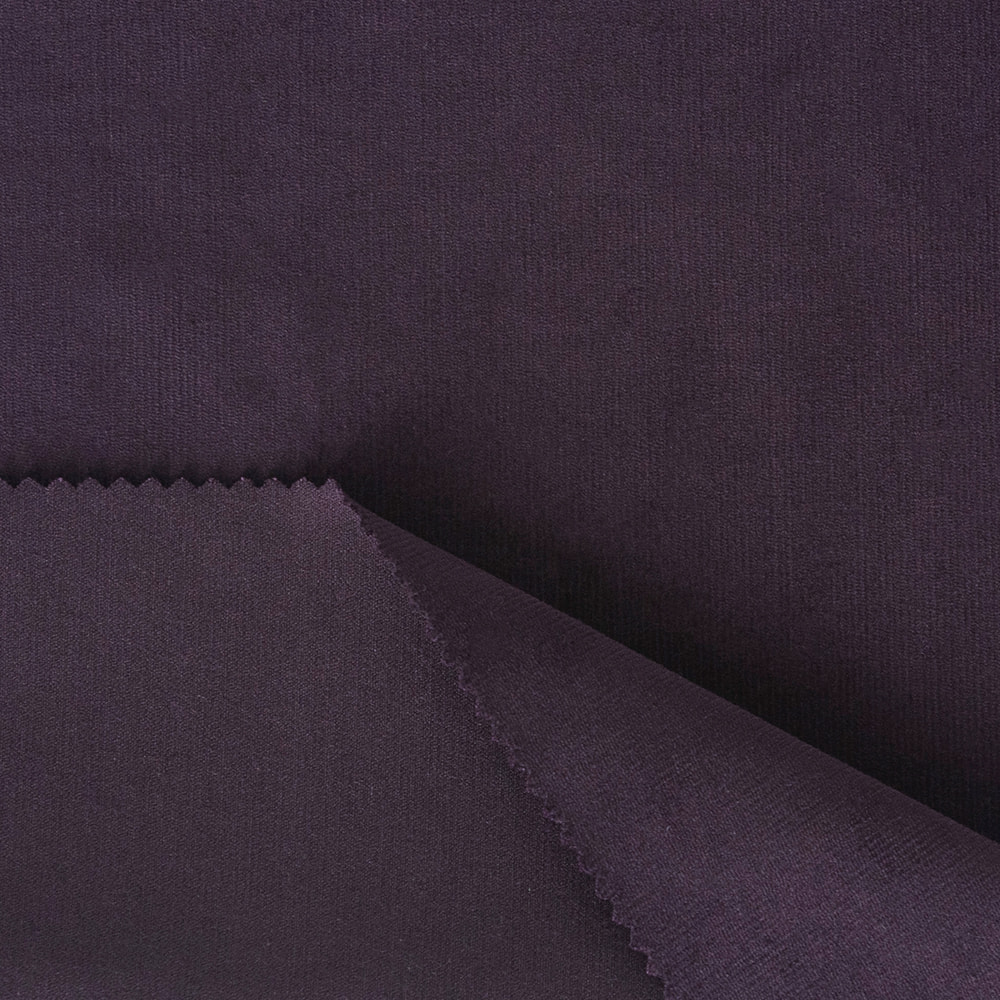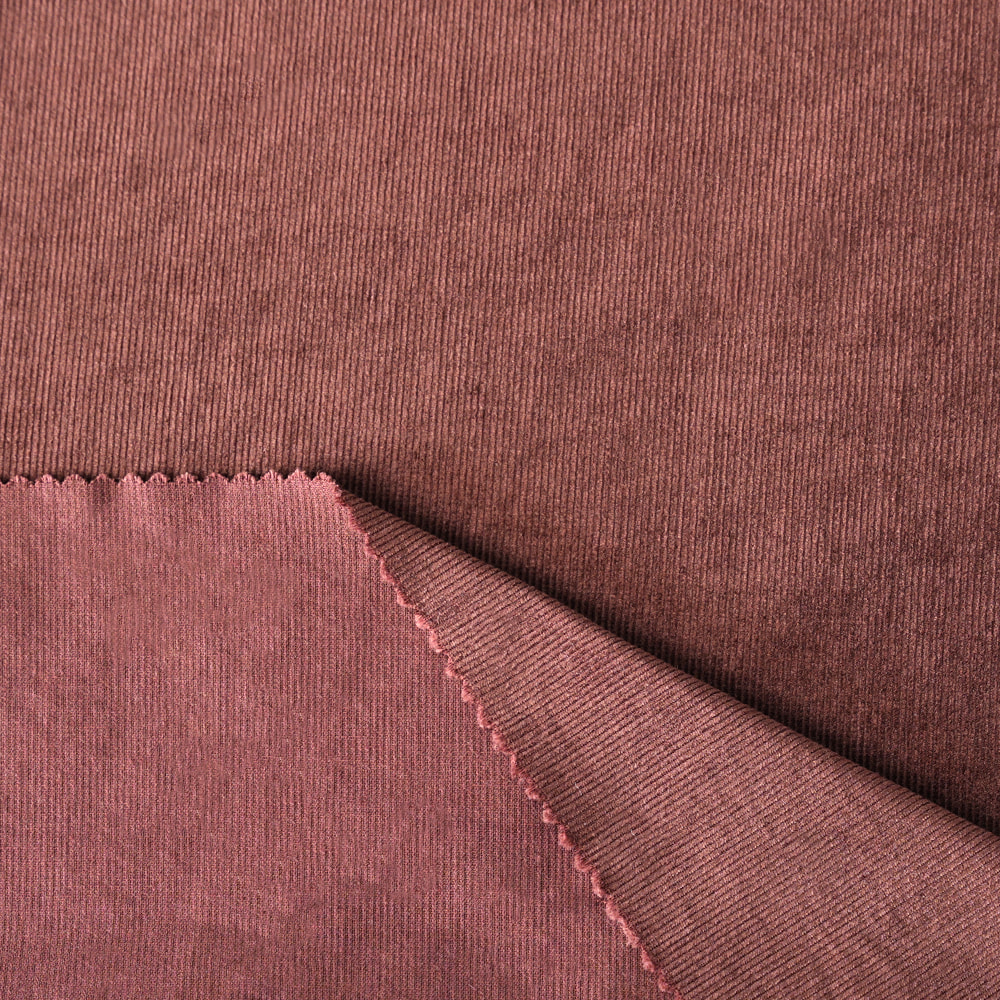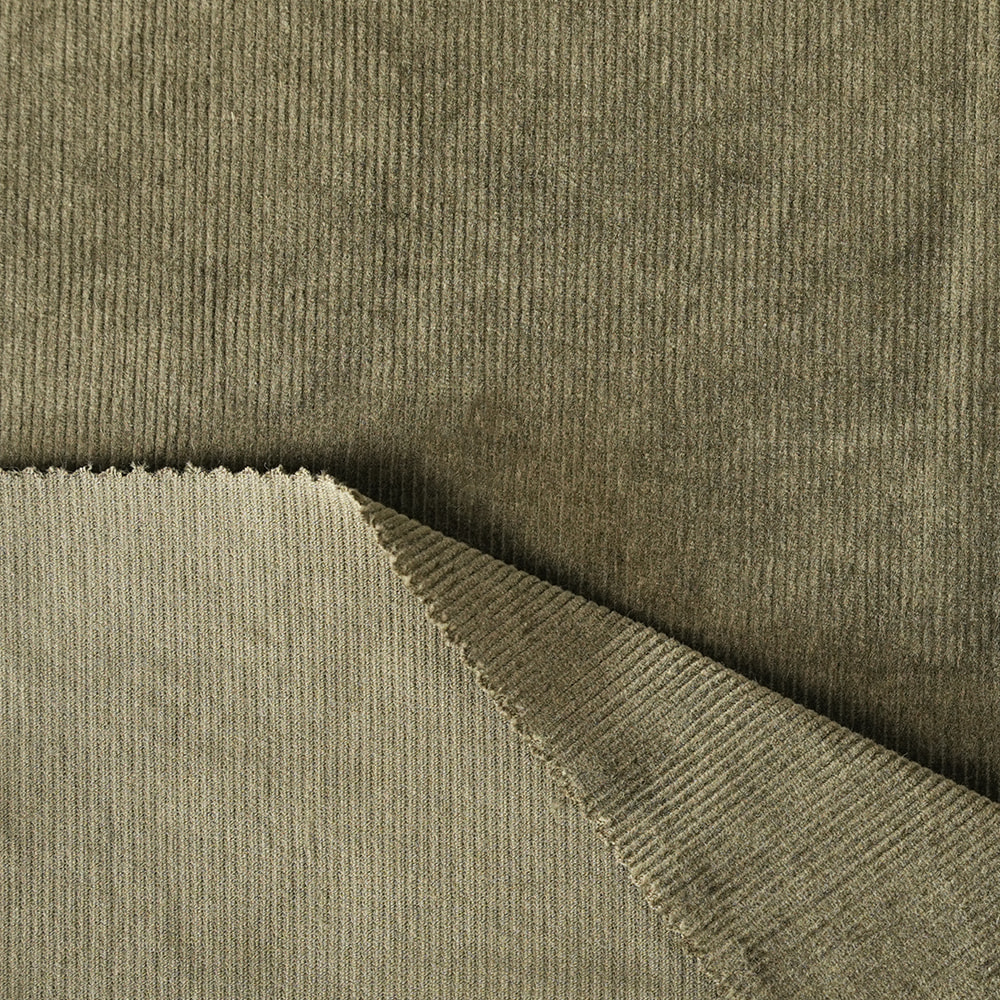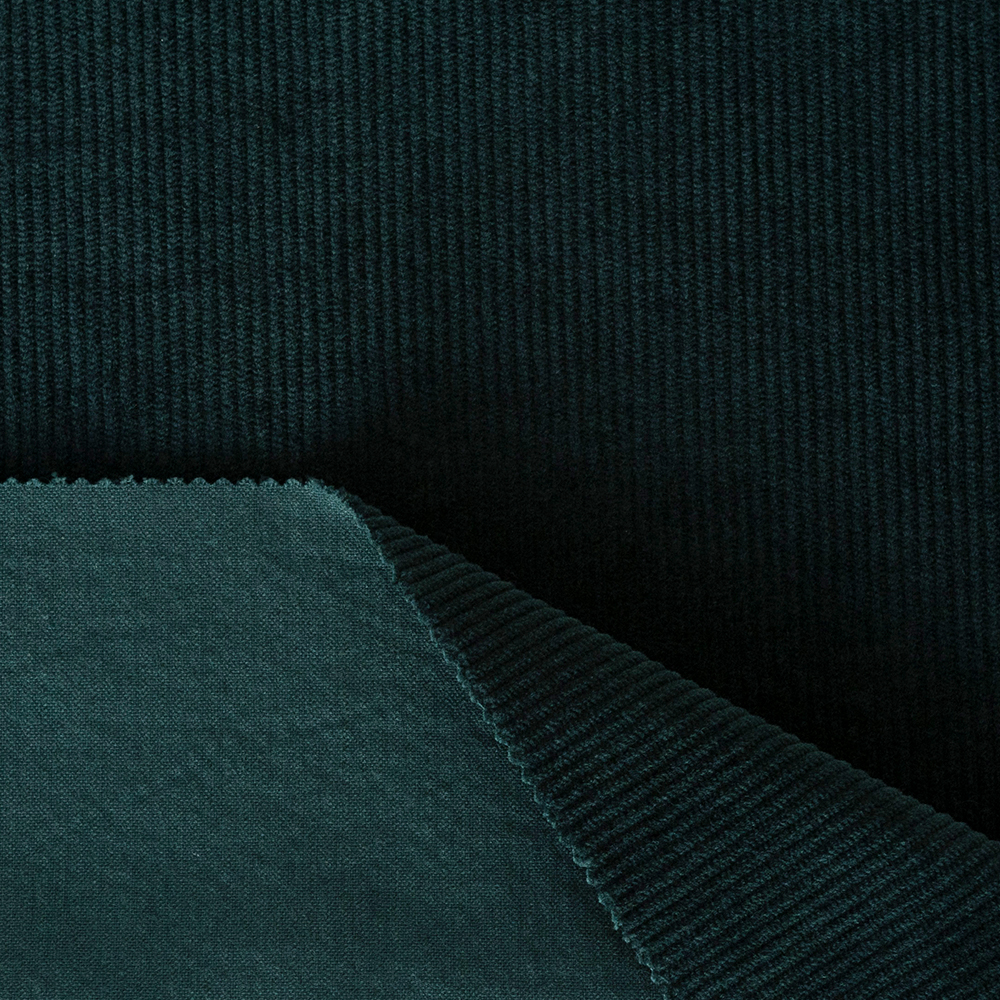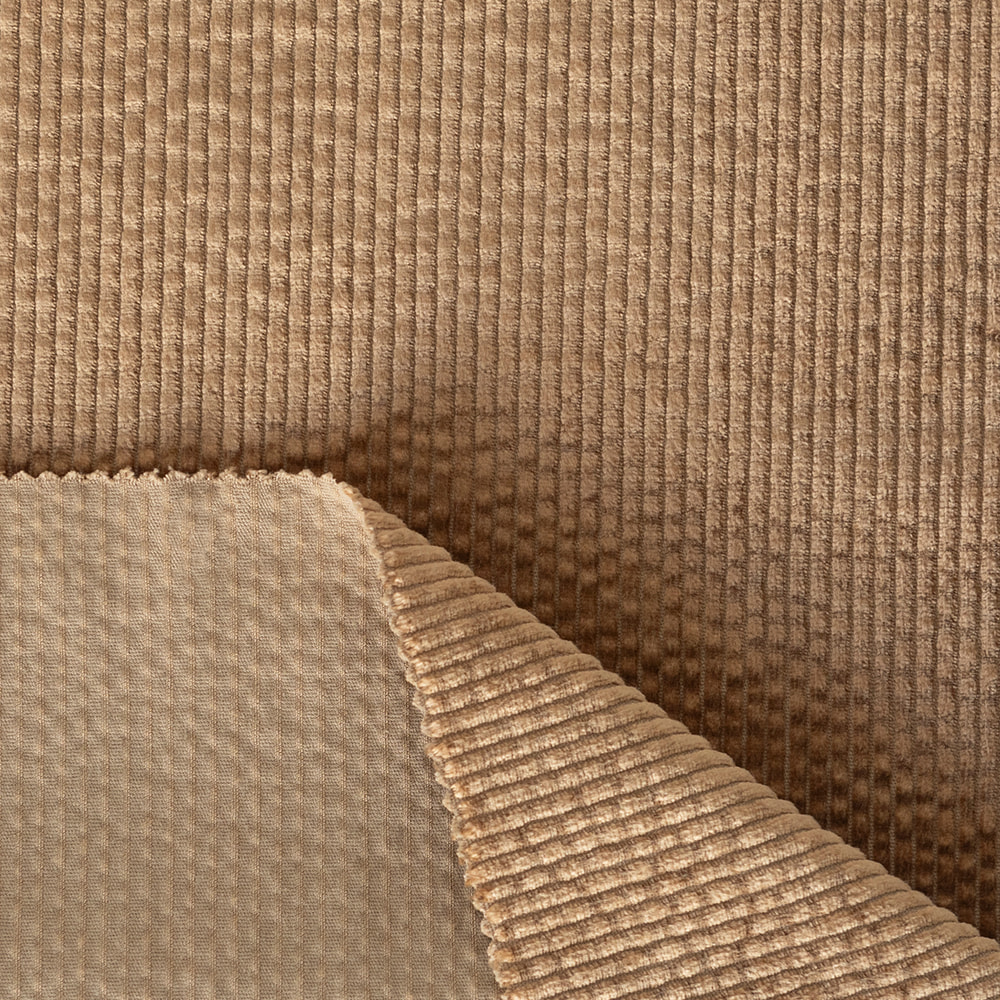Textile Industry Zone, East Hutang Town, Wujin District,213100 Changzhou,China
Cotton corduroy is a popular, durable fabric known for its soft ridged texture and versatility. When it comes to changing its color, many people wonder whether a piece-dyed corduroy — fabric that has already been dyed in solid color after weaving — can be dyed again. The short answer is yes, you can dye cotton piece-dyed corduroy fabric, but doing it successfully requires understanding the nature of the fabric, the dyeing process, and some practical techniques.
What is Piece-Dyed Corduroy?
To begin with, it’s helpful to know what “piece-dyed” means. Piece-dyed fabric is dyed after the fabric has been woven, rather than dyeing the yarn before weaving (which is called yarn-dyed). This means the fabric has a uniform, solid color throughout. Cotton corduroy, when piece-dyed, takes color well because cotton is a natural fiber that absorbs dye easily.
Corduroy itself is characterized by its vertical ridges or “wales.” These ridges are made by weaving extra sets of fiber into the base fabric and then cutting them to create a pile effect. The combination of structure and fiber content makes corduroy both interesting and slightly challenging to dye.
Is It Possible to Re-Dye Piece-Dyed Corduroy?
Yes, it is entirely possible to re-dye cotton piece-dyed corduroy. Since cotton is very receptive to most types of dyes, especially fiber-reactive dyes or all-purpose dyes like Rit or Dylon, re-dyeing can be a great way to refresh or change the color of a garment or fabric.
However, the success of the dyeing process depends on several factors:
1. Current Color: Darker colors are harder to overdye unless you're going even darker (e.g., from navy to black). Lighter colors like beige, cream, or light blue are easier to work with if you're aiming for a bold transformation.
2. Fabric Condition: Older or heavily worn corduroy might not take dye evenly. If the fabric has been exposed to sunlight or harsh detergents, some areas may resist dyeing.
3. Fabric Finish: Some corduroy fabrics have been treated with water or stain repellents, which can affect dye absorption. Always check if the fabric feels coated or unusually smooth, which could mean dye won't penetrate well.
Choosing the Right Dye
To get the best results when dyeing cotton corduroy, fiber-reactive dyes like Procion MX are highly recommended. These dyes chemically bond with cotton fibers and offer excellent colorfastness. All-purpose dyes (like Rit or Dylon) are also widely available and easier to use at home, although their results may fade more quickly with washing.
Fiber-Reactive Dyes (e.g., Procion MX):
Best for bright, long-lasting colors.
Requires soda ash and warm water for the dye reaction.
Usually done by immersion in a large container.
All-Purpose Dyes (e.g., Rit, Dylon):
Easier for beginners and home use.
Work in hot water and may be used in a washing machine.
May require salt or vinegar to improve bonding.
How to Dye Cotton Piece-Dyed Corduroy
Here’s a step-by-step guide for dyeing your corduroy fabric at home:
1. Pre-Wash the Fabric: Wash the fabric thoroughly to remove any dirt, oils, or finishes that might prevent dye absorption.
2. Choose Your Dye and Prepare the Bath: Based on the type of dye you're using, prepare a dye bath in a large bucket or sink. Follow the instructions on the dye package.
3. Dye Evenly: Submerge the corduroy fabric completely and stir constantly for even dyeing. Corduroy’s wales can trap air and create uneven spots if not agitated.
4. Allow Sufficient Time: Most dyes require at least 30 to 60 minutes in the dye bath for a rich, even color.
5. Rinse and Wash: Rinse the fabric in cool water until the water runs clear, then wash it in warm water with mild detergent to remove excess dye.
6. Dry Naturally: Air dry your dyed corduroy, preferably laying it flat or hanging it in a well-ventilated area. Avoid tumble drying to reduce shrinkage and protect the pile.
Tips for Dyeing Corduroy Successfully
Test First: Always test a small, hidden section or scrap piece if possible. This helps predict how the fabric will react.
Dye Darker, Not Lighter: You can’t lighten a fabric by dyeing — only darken or shift the hue.
Stir Gently: Avoid aggressive stirring, which could flatten the ridges or make the pile look crushed.
Iron Carefully: If needed, iron on the reverse side to avoid damaging the corduroy texture.
Dyeing cotton piece-dyed corduroy fabric is entirely possible and can give your old clothes or fabrics a new life. While the ridged surface of corduroy may pose some challenges for achieving even results, with proper preparation and care, you can achieve beautiful, rich colors. Whether you want to refresh faded pants or give a vintage jacket a bold new hue, understanding the nature of the fabric and choosing the right dye will help you succeed.
